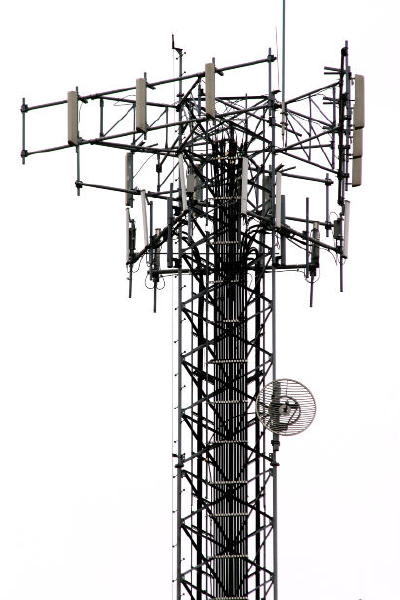-
- 07
Jun - (0)
Health Information Exchange
The number one trend in my business, according to Healthcare Technology News will be the growth of Health Information Exchanges (HIE).
We’ve known the importance of electronic sharing of patient data for decades, and these days the hesitancy we felt in the past has become an obsolete emotion. With the advent of HIPAA and its embracement by forward moving legislation as well as new technologies, confidentiality is better assured than ever before.

In mental health and addictions treatment, there are a number of elements of patient data that can be shared that provide a number of benefits. Mistakes are fewer and efficiency is increased on the data entry side of recordkeeping. Treatment can be improved with a broader knowledge of the consumer’s healthcare events and who’s been treating them lately. Conceivably, when a billing address changes, the HIE could assure all professionals in the neighborhood treating the consumer have the most recent information. Professionals have dreamed of having access to few key types of data that multiple agencies treating a consumer might need in order to effectively treat the patient: • Current demographics • Diagnosis treated • Services rendered • Medications prescribed • Admission and Discharge summaries
Now, these elements are available through HIEs..
I am increasingly impacted by the success of HIEs When I was hospitalized a few years ago, and after discharge treated by a couple specialists within the hospital’s network of associates. I was very happy not to have to fill out so many pieces of paper, so somebody else could enter that data into the computer. It was already verified as correct while I was in the hospital, and immediately available to the specialists as soon as I’d signed a Release of Information (ROI).
This is the essential nature of other sorts of consumer data exchange networks, like a Regional Health Information Organization (RHIO). There are many examples as this model is based on a local network of providers….there tend to be a bundle of different solutions where the need seems to support them, and that’s the case with sharing health information. Usually providers pay to become a member of the RHIO, and they will be able to see other local providers’ information like the elements listed above for a specific consumer. I share the opinion of some experts in the field that eventually all these networks will be joined together by the states, and ultimately the feds to finish creating the National Health Record that was mandated back in the Bush era.
I also agree with Adam Gale, president of KLAS, that with all that availability of data we should wonder what it’s being used for…Is the HIE matching patient addresses with their diagnosis in order to sell a list to a major anti-depressant manufacturer? It’s not likely, and that line of questioning is certainly valid for providers joining an HIE.
Conceivably, the value of the access to patient data should exceed the cost of belonging to an HIE. Will the government mandate for all patient care to be recorded in the EHR include the HIE? Testing the wind and laying out an opinion, I’d say it’s a great goal to have the consumer-authorized availability of information among providers, and for the most part that’s happening…it may take a few extra years get the EHRs connected, simply because the technology to make the secure connection, the mapping of the data from an existing EHR to the format needed by the HIE, and other technical concerns add up to a significant price tag.
- 07

Leave a Reply